Want to learn about effective employee management?
In this article, we’ll go over all you need to know to manage your employees effectively.
We’ll highlight valuable tips on how to improve your employees’ productivity and give you some great tools to implement them.
Table of Contents
- What is employee management?
- The 4 key benefits of managing your employees
- Five tips to effectively manage your employees
- Five tools to help manage your employees
Let’s get started.
What is employee management?
Employee management is a process that helps your workers perform at their best and achieve your business goals. It’s a holistic process that covers almost everything related to human resources such as new employee recruitment, payroll management, performance management and more.
Employee management covers three key areas:
- Acquisition – Finding and hiring the right candidates.
- Engagement and Retention – Ensuring that your employees are happy, engaged and stick around as long as possible! This is achieved by active communication to understand your employees’ needs and concerns and address them.
- Performance Management – Measuring and conducting performance reviews, helping them continually improve and reward great work
The 4 key benefits of managing your employees
Here are three benefits of implementing an effective employee management system.
1. Improves the efficiency of your workflows
When you effectively manage your employees, you’ll have no difficulty streamlining workflows.
How?
Think about the three aspects we mentioned earlier:
You’ll be able to:
- Hire the employees with the right skill set for your tasks.
- Easily monitor their activities to ensure things are moving well.
- Effectively communicate with them to ensure that they understand project demands.
- Congratulate and encourage them on the good work they’ve done to motivate them further.
- Step in effectively when things aren’t going according to plan.
This way, you’ll have the right people and the right procedures in place to ensure that things always run smoothly!
2. Boosts your employee’s productivity and motivation
An employee who feels unappreciated will feel indifferent towards their work. That’s why making your workers feel valued can significantly improve employee productivity.
An employee management system helps you connect with your employees on a personal level and get their feedback over various business policies and processes.
This helps them believe that their opinions are valued and taken into account when making business decisions. This, in turn, improves employee engagement as they now feel like they have a say in the company!
3. Ensures the security of your data
This aspect was earlier important only in certain sectors like financial services, law, companies investing heavily in R&D and so on – where data security is paramount.
However, with the growth of remote teams, this is becoming important in all companies which have a remote workforce.
Most businesses manage tons of important and confidential data every day.
So how do you ensure that those important files and documents remain safe?
By carefully monitoring and managing your employees!
A strong employee management system can help you keep track of documents and other data. It links each employee to the documents they are responsible for and reduces inefficiencies over data handling. This way, you won’t have to worry about your data’s security anymore!
4. Lower employee costs
Employee turnover is one of the most expensive costs that most businesses undertake. According to a CAP study, the average cost of replacing a salaried employee is 6 to 9 months of their annual salary.
To put that into perspective, if you’re looking to replace a manager earning $40,000 annually, you’ll have to spend $20,000 to $30,000 in recruiting and training expenses!
Luckily, employee engagement can help with this.
Remember, effective employee management results in happier, more engaged employees.
This way, they’ll be more motivated and satisfied with their jobs. And when your employees are satisfied at work, they’re less likely to leave!
Five tips to effectively manage your employees

Here are five tips to effectively manage your employees.
1. Adopt an open communication policy
Did you know that 81% of employees prefer a small business that values “open communication” over perks like gym memberships and free food?
However, effective communication doesn’t just mean watercooler talk. As a business owner, you need a structured system that lets your employees voice their concerns. Here’s how you can go about it:
A. Be visible & transparent
Let your employees know that you’re always available to speak with them by keeping an open-door policy. Show your face around the office often and show genuine interest when you talk to your employees. It’s essential to let your workers know that employee needs are your top priority.
Share company information with employees directly, like your plans for the next quarter or updates on a big deal you’re trying to land. This will let your employees feel more included in the decision-making process.
Note – While disclosure is essential, don’t share any confidential data openly, such as client-specific information.
B. Encourage feedback
Another important step is to encourage your employees to give you and the organization feedback over policies and processes.
Pay attention to your workers’ opinions and use their input to identify shortcomings and correct them. Actively working on their feedback is an easy way to show them that you care about their views and wellbeing.
2. Set clear expectations
Do you know why most employees underperform?
It’s because they’re not sure of what they have to do.
Think about it.
Job descriptions don’t adequately prepare an employee for their upcoming workload. If someone is unclear about what they have to do, it’s going to take them longer to complete a task.
Additionally, if your company doesn’t encourage open communication, the confused employee could proceed with a task incorrectly!
Before you set any goals & objectives, be sure of what you need to be done. Then, be as clear & specific as possible.
For example, if you want to increase sales by 30%, you’ll need to clarify:
- What product’s sales you’re talking about.
- What’s the time-frame to achieve that goal.
- What are the methods the employees are expected to use.
- Which territories you want them to focus on.
- How you’ll be evaluating their performance.
- And several other things
This way, they’ll be clear about everything and can get started immediately. An excellent way to ensure this is to ensure that all your goals are SMART goals:
- Specific – Don’t be vague regarding goals. Tell them exactly what you need.
- Measurable – Ensure that your goals can be measured to analyze progress quickly.
- Achievable – Set goals that can be achieved with the available resources.
- Realistic – Set realistic expectations to avoid any potential demoralization.
- Timely – Give your employees a specific time-frame to achieve their goals.
3. Help employees grow
32% of employees who quit an organization cited “lack of career development opportunities” as the primary reason for their resignation!
Giving your employees new challenges and roles will keep them motivated and help them grow. This will also build their skillset and help them do more for your business. Here are a few ways you can help your employees develop:
- Provide in-house training and mentorship programs for your employees.
- Maintain a learning culture within the organization.
- Let employees represent your organization at conferences and seminars.
Remember, helping your employees grow not only helps them – it makes your workforce more talented and capable of taking on new challenges!
4. Create a sense of trust
Trust is a major factor in employee productivity and motivation levels. If your employees feel that you don’t trust them enough, they’ll be demotivated and display poor performance. Research even shows that employees who trust their leader are 12 times more likely to be fully invested in their job!
That’s why building a trusting environment is so essential. Here’s how to do it:
- Respect Their Privacy – Let your workers have their own space to do their job.
- Stop Micromanaging – Going over everything yourself can lower your employees’ self confidence.
- Avoid Constant Feedback – Only provide feedback when necessary such as if a large change is needed or if they’re proceeding in the wrong direction. Don’t offer your opinion on every minor detail.
5. Reward good performance
An incentive-based management system is essential to keep your employees motivated. When you reward your employees, it shows them that you appreciate their hard work.
Many companies use a rewards system that is directly tied to employee performance. This motivates employees to be more productive and work harder to earn more. For example, the more sales an employee makes, the higher his overall commission rate becomes.
Rewarding your employees shouldn’t have to be all about money either.
Employee recognition can also help improve employee satisfaction levels.
A simple thank-you note or party from the company can go a long way in showing that you care about your employees’ efforts.
Five tools to help manage your employees
Here are five types of employee management software that’ll make managing your employees a lot easier:
1. Performance monitoring tools
A core part of employee management is effectively monitoring your employees.
You need to know:
- What tasks they’re working on
- How long they spend on each task
- How productive they are
Luckily, performance monitoring tools like Time Doctor were built for this.
What’s Time Doctor?

Time Doctor is a powerful time tracking tool. It can help you easily monitor your employee performance.
Here’s how Time Doctor helps you manage your employees.
1. Simplified time tracking
Do you know why most employees avoid using time trackers?
They’re too complicated to use!
Luckily, TimeDoctor is super easy to understand and use.
All a user has to do is type in the task they’re working on and start the timer. Time Doctor will then run quietly in the background, tracking what they’re working on. Once the user is done, they can click the same button and the timer stops.
It’s that simple!
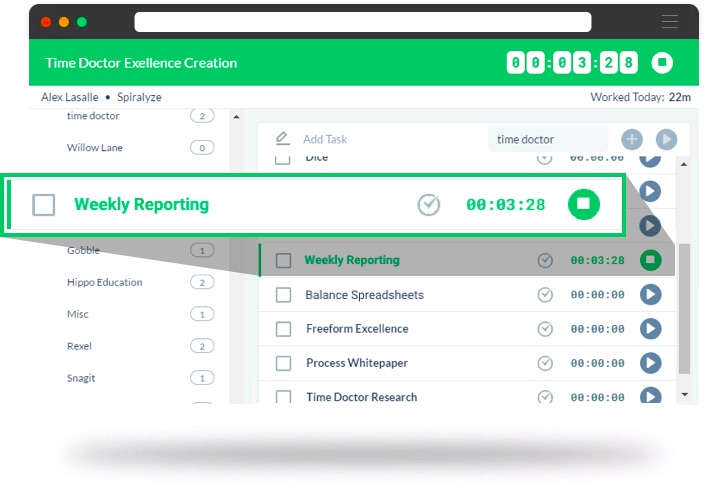
2. Guards against inactivity
Worried your employees are passing off idle time as work hours?
Don’t be!
TimeDoctor has a built-in tracker to monitor idle time. If there’s been no keyboard or mouse activity in the last 3 minutes, the timer automatically stops. This way, your employees won’t get to pass off idle time as work hours.
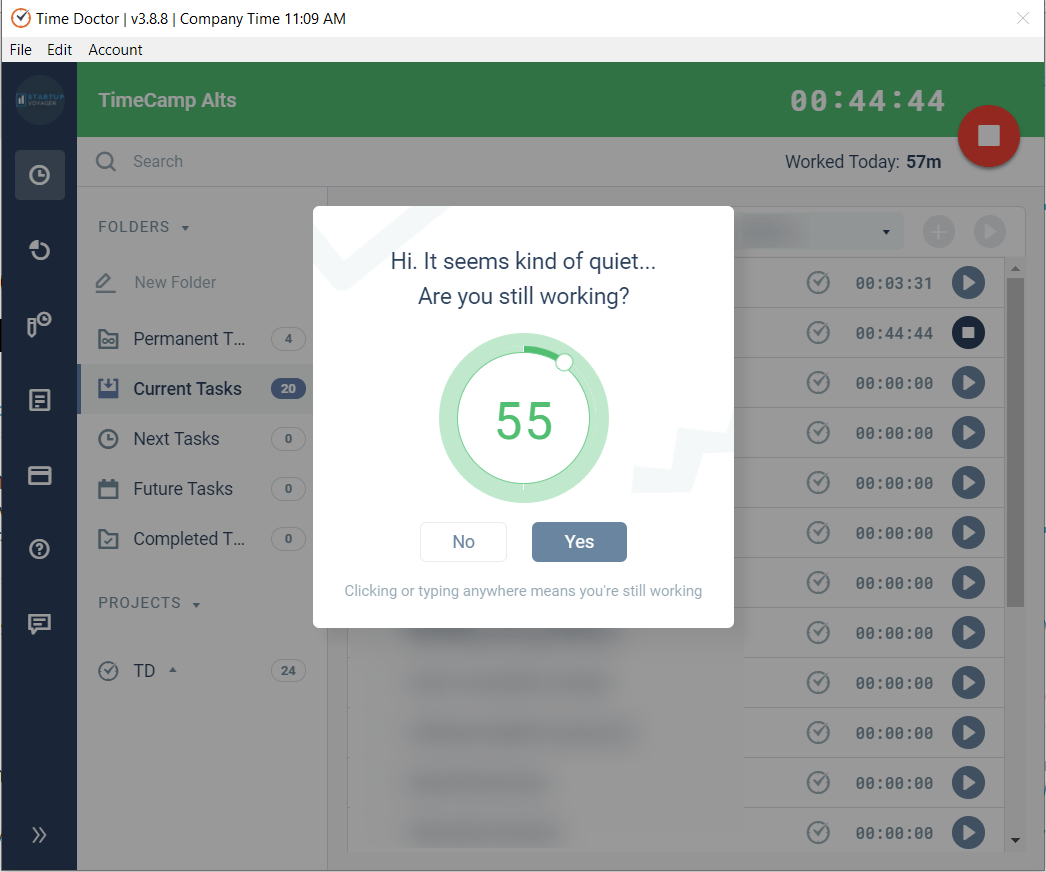
Note: For privacy reasons, Time Doctor doesn’t track which keys were pressed. It only tracks if any keys were pressed.
3. Manages distractions effectively
You can’t have your employees browsing Youtube, looking at cat videos during work hours, right?
With Time Doctor, you won’t have to worry about that!
Time Doctor has a distraction management feature that detects when your employees access social media and other unproductive sites during work. The app then displays a popup asking the user if they’re still working.
This nudge is usually enough to get users back to work.
Note: You can even choose which sites are classified as unproductive.
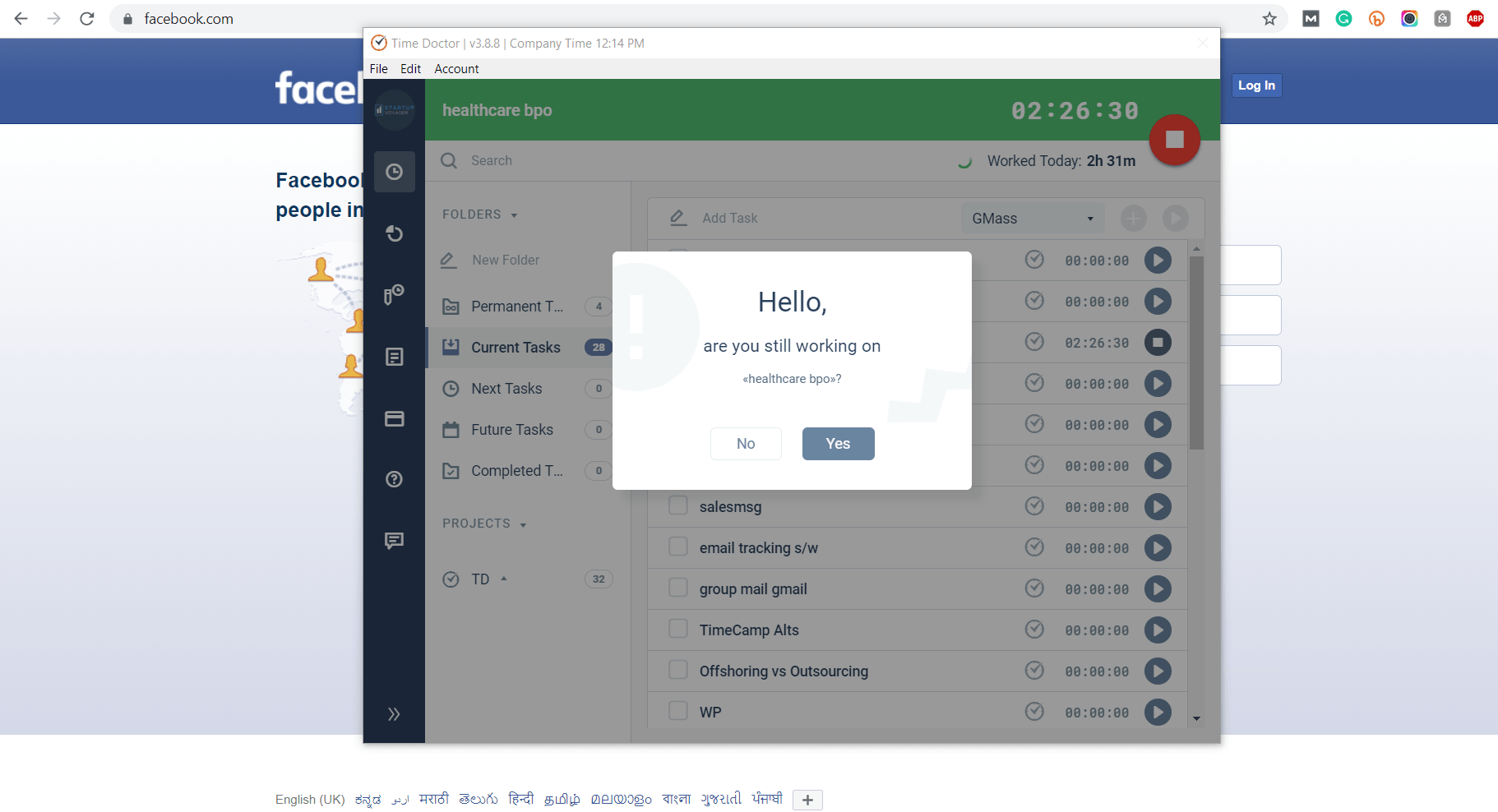
4. Use reports to see how your employees are working
Time Doctor provides you with detailed reports to see how your employees spend their work hours. Here are some of the reports that TimeDoctor generates:
- Projects Report – Shows you which employees worked on what projects and for how long.
- Timesheet Report – Shows the total time worked by employees within a given period.
- Web and App Usage Report – A breakdown of each app and site accessed by a user during work hours.
- Poor Time Use Report – Highlights any unproductive apps & sites accessed by a worker during work hours.
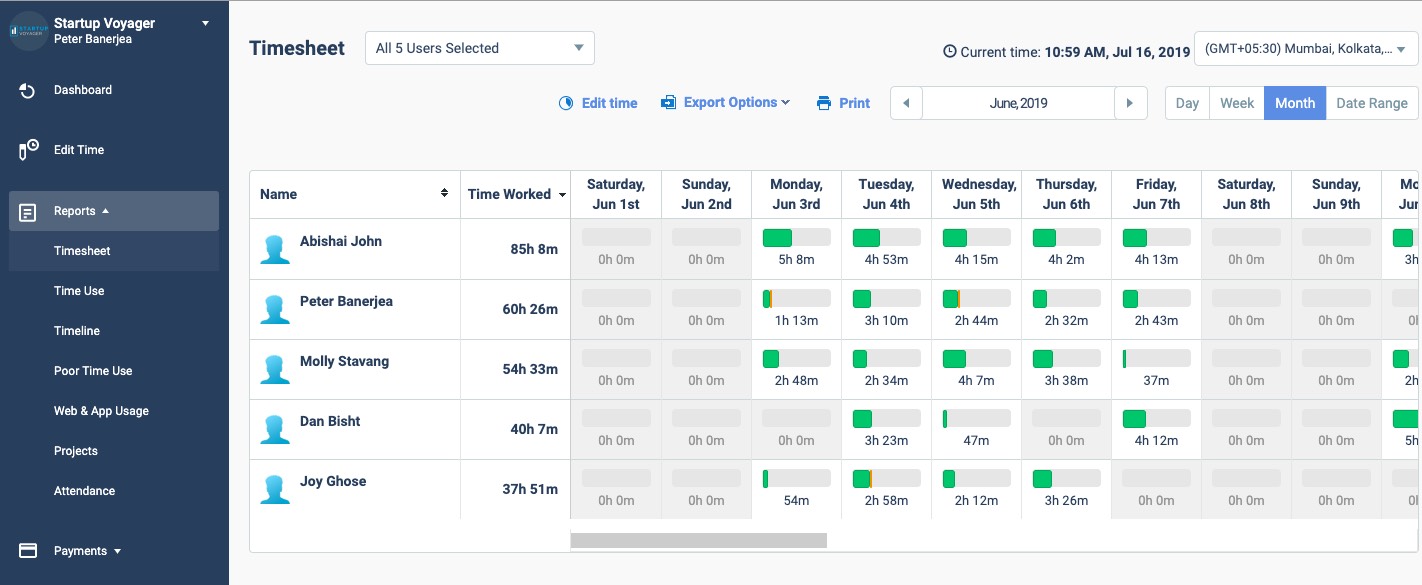
2. HR management tools
HR management tools are another must for anyone looking to implement effective employee management. HR software helps you centralize your employee data to streamline your HR functions and make decision-making easier.
Apps like Gusto and Zenefits help you with onboarding new hires, managing payroll, and benefits, and other HR activities in one place. These apps can also give you access to Human Resources experts and HR filing templates.
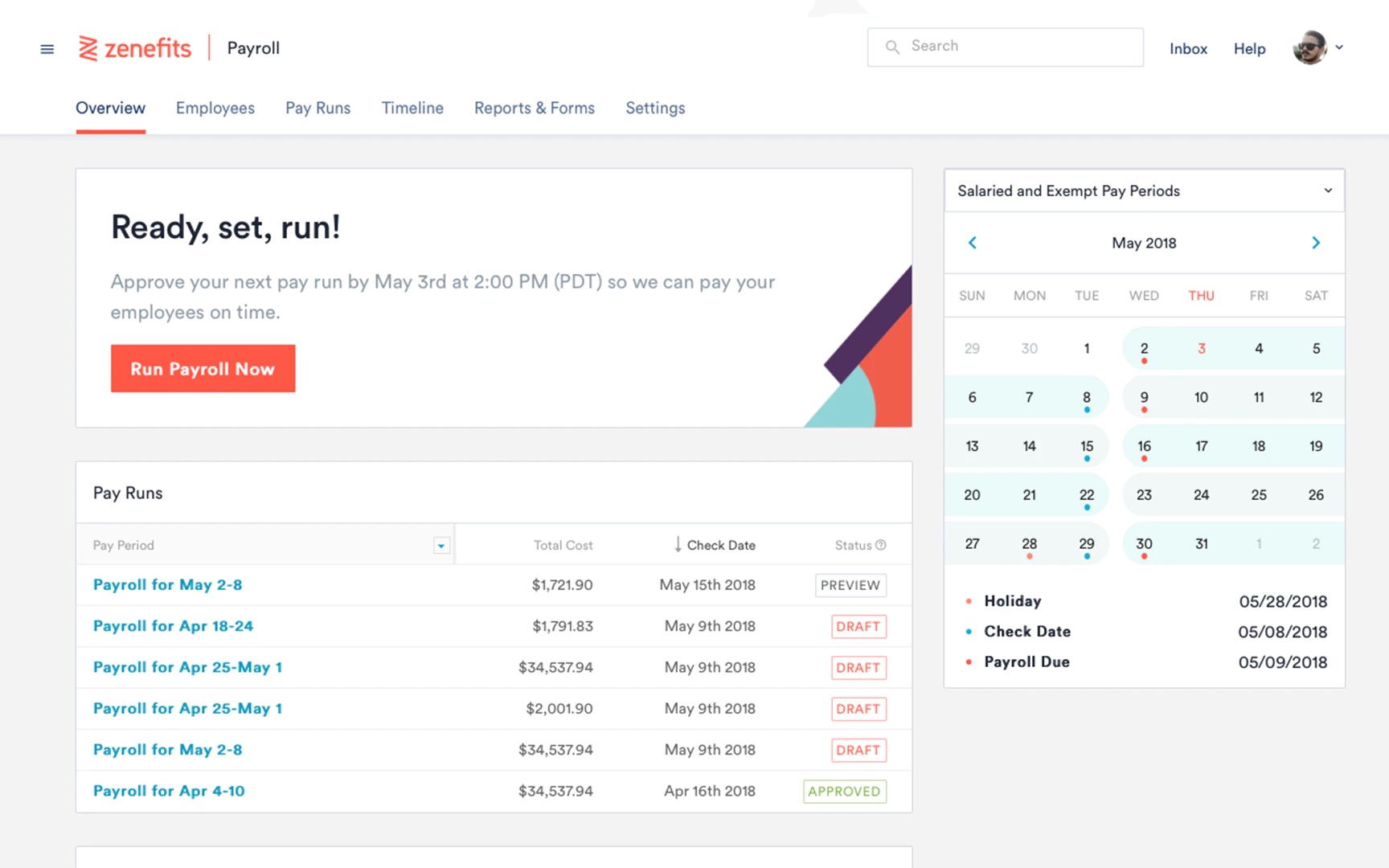
3. Communication tools
Your team needs to stay in constant contact to ensure that their work proceeds smoothly. That’s why it’s essential to invest in an app that can help you and your team members communicate effectively.
Communication apps like Slack and Fleep allow your team to communicate and share data. These apps also offer project-specific channels and integrations with various apps to streamline the communication process.
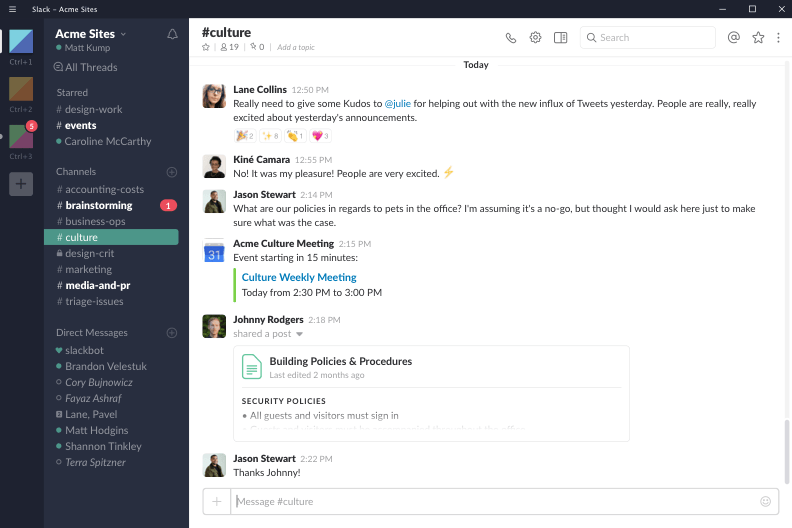
4. File-sharing tools
Keeping all your employees on the same page is one of the most essential aspects of employee management. With cloud-based file sharing apps, you make it easy to keep everyone informed and updated about project developments.
Cloud storage solutions like Google Drive, OneDrive and Dropbox helps your team members collaborate on the go. Your employees can use these apps to share any kind of file and work on projects together.
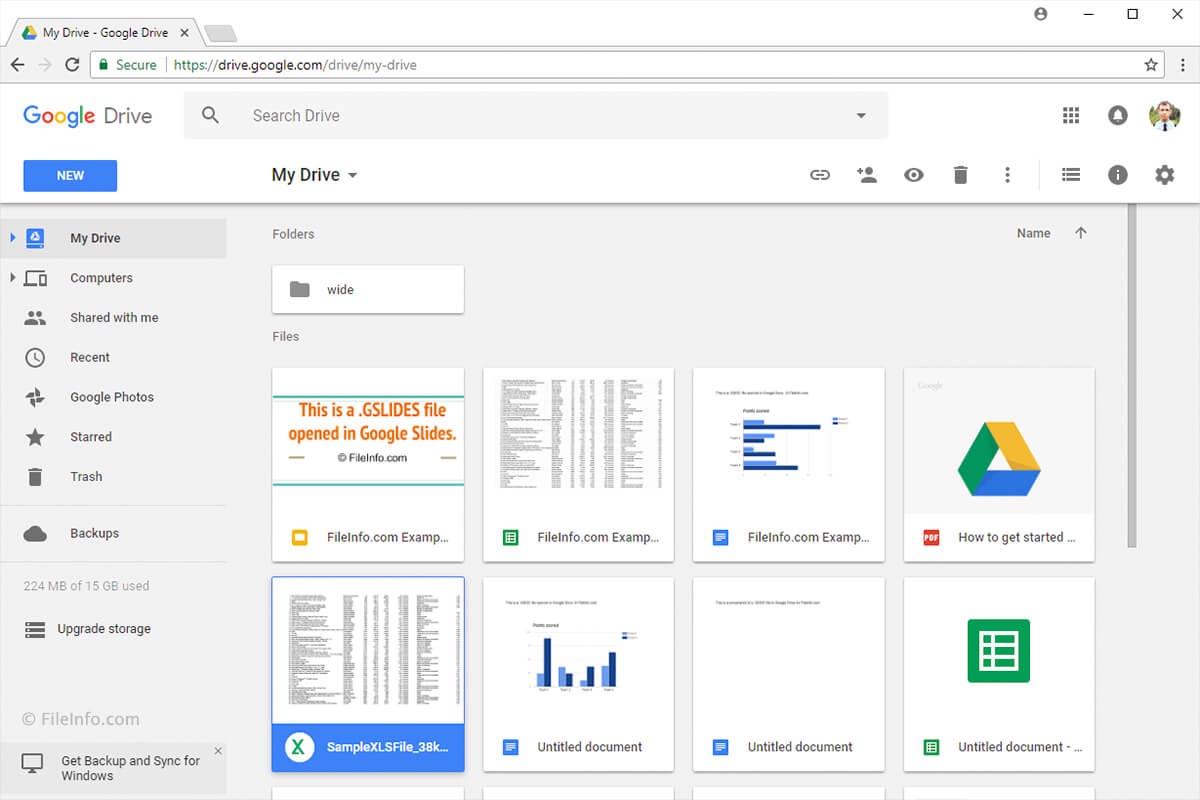
5. Project management tools
Project management tools help you manage your projects and employees effectively. You can redistribute tasks, assign items and reschedule activities to ensure that everything goes according to plan.
Project management apps like ClickUp and Trello allow users to create tasks, schedule projects and establish deadlines to get their work done on time. Most of these tools also come with a mobile app to help you stay organized on the go.
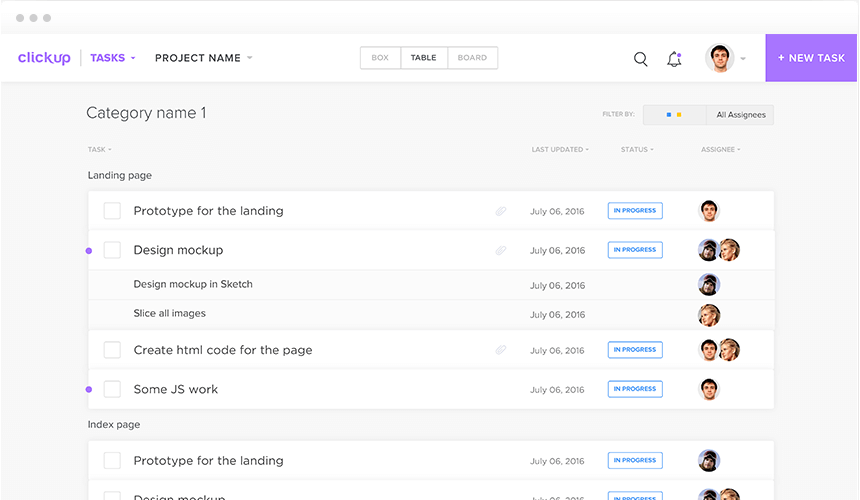
Conclusion
Employee management is a core process for any business looking to improve their bottom line.
Remember, the most precious resource in your organization is human capital. It’s up to your employee management and company culture to harness that talent. Follow the tips and processes we listed here and you’ll have no trouble turning a good employee into your best employee!

Liam Martin is a serial entrepreneur, co-founder of Time Doctor, Staff.com, and the Running Remote Conference, and author of the Wall Street Journal bestseller, “Running Remote.” He advocates for remote work and helps businesses optimize their remote teams.


